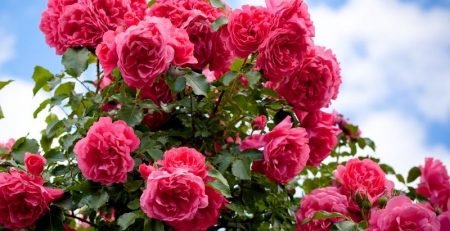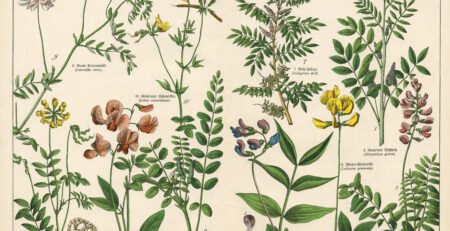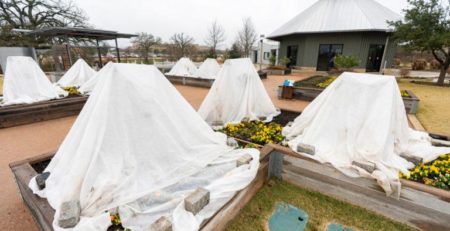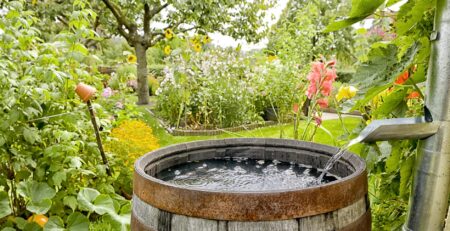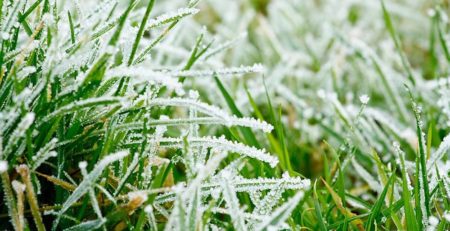What lawn care should I be doing in March?
Q: What lawn care should I be doing in March?
A: Fertilizer: Spring is just around the corner, so it might seem like it’s a good time to fertilize and give your turf a good start to the year. But fertilizing in March is generally not a good idea. The average date of the last freeze in the Dallas area is mid-March so fertilizer applied in March will likely not be taken up by the grass roots. And if there’s a big March rain, the fertilizer may wash away into the storm sewer or perhaps a neighbor’s yard. Postpone the first annual application of fertilizer to early April when the turf is actively growing.
What fertilizer to use: Residents in this area generally have very alkaline clay soil with a pH above 8.0. This soil often has plenty of phosphorus and potassium, so an all-nitrogen fertilizer, such as one with a 21-0-0 analysis, is recommended. Read the label for the rate of application. Be sure at least half of the nitrogen is slow-release so nitrogen is released over several months.
Avoid weed-n-feed fertilizers. Using a weed-n-feed fertilizer on an entire lawn can be harmful to desirable trees and other plants. If you have a weed problem, identify the weed, select a herbicide that will specifically kill that weed, and apply the herbicide just to the affected area.
Weeds: You may have lots of weeds in early spring, but if you are thinking about applying a pre-emergent herbicide, you are too late by about 7 months. The time to use a pre-emergent for spring weeds is generally in late August of the prior year.
Many spring weeds are grassy weeds such as rescue grass or blue grass. Any herbicide that kills grassy weeds also kills grass, so it’s best to leave spring grassy weeds alone. Both rescue grass and annual blue grass will disappear when it gets hot, but they leave seeds behind. Deal with those seeds by applying a pre-emergent herbicide in early August.
Broadleaf weeds are best addressed by spraying with a broadleaf weed killer (2,4-D will generally be one of the ingredients listed on the label).
Scalping: One thing you could do in March is scalp the grass, i.e., cut the dead grass close to the ground. The idea is to help prevent thatch and get rid of the old dead blades so the grass will be all green and look great when it does start growing. Many, however, have found scalping makes little difference in the appearance of their lawn.
Best grass resources: Texas A&M offers excellent turf information. AggieTurf (aggieturf.tamu.edu) offers a list of easy-to-read publications that deal with a variety of turf issues.


